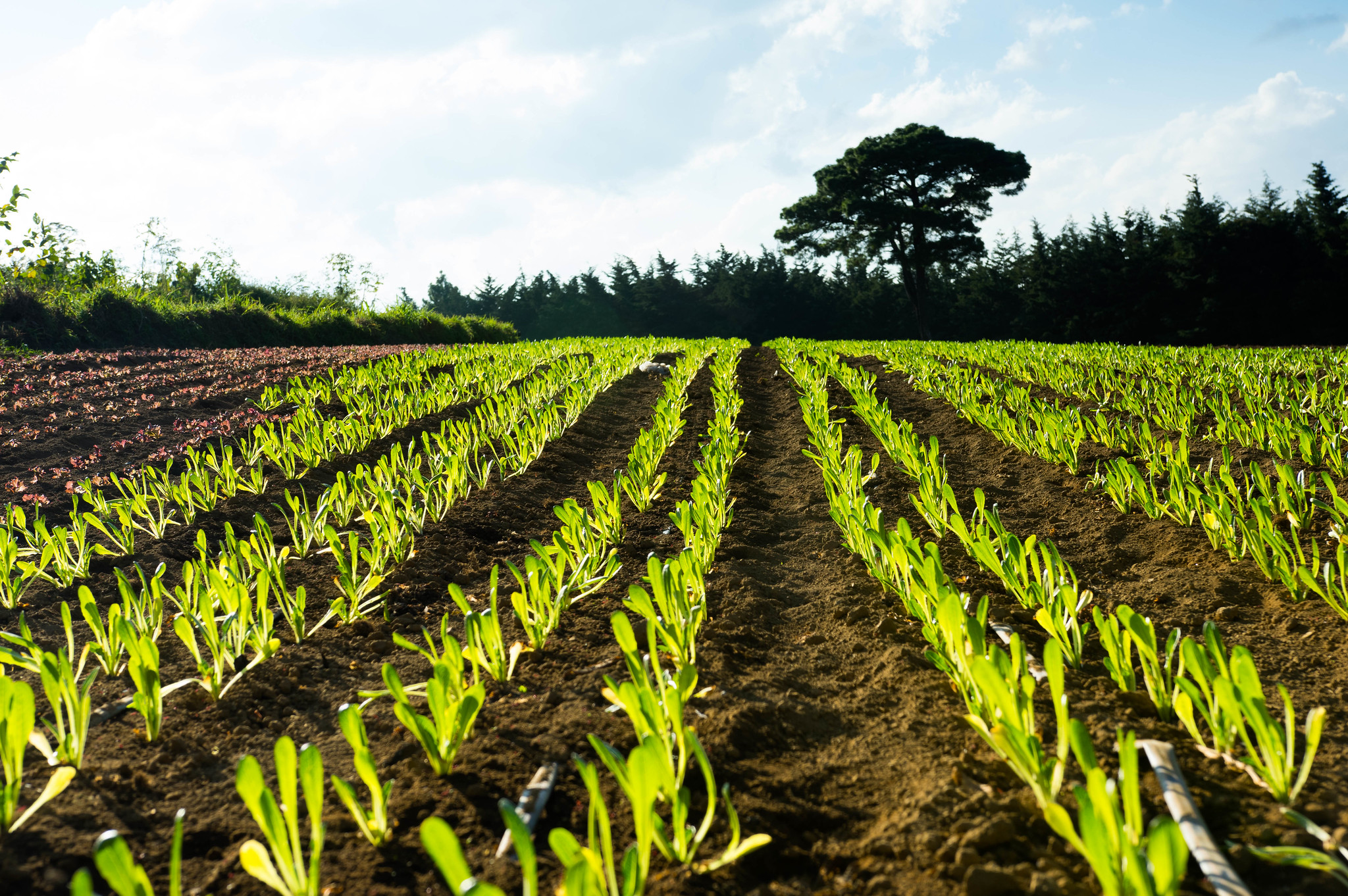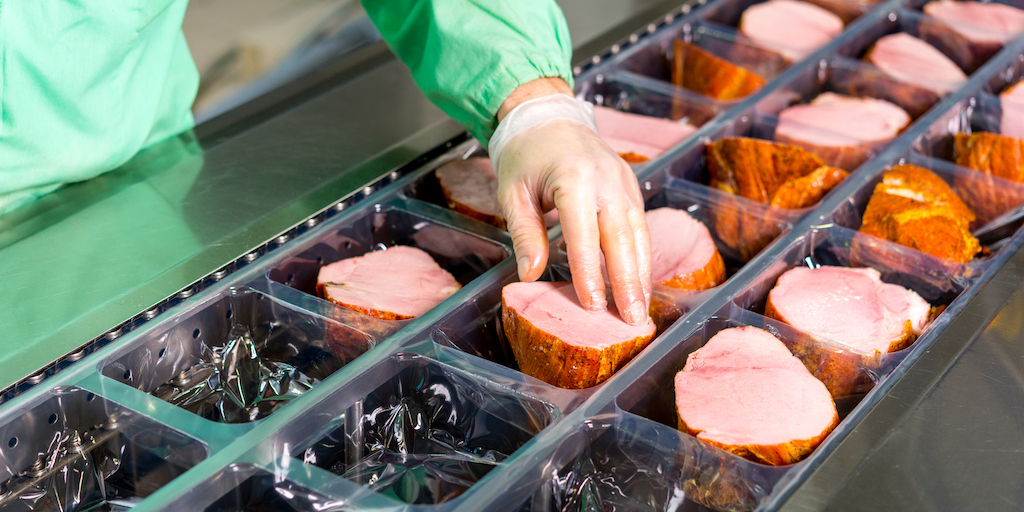The Department of Agriculture on Thursday announced details of its second round of trade aid spending, totaling $16 billion. The lion’s share of the payments will be disbursed directly to farmers at rates determined on a county-by-county basis. The smallest payment level will be $15 per acre while the largest is $150 per acre.
These rates were calculated based on the estimated impact of each county’s “unjustified trade retaliation.” This is a departure from last year’s trade aid payments, when different rates were paid for each crop. The agency said it made the change to avoid unduly influencing farm planting decisions. Producers of specialty crops, hogs, and dairy will be compensated based on animals owned or acres planted.
The details of each county’s payment rates are available here. Farmers can begin applying for funds next Monday, and payments are expected to be distributed starting in August. Producers located in counties receiving more than $30 per acre will receive half their money up front and half in a later installment.
As economist Scott Irwin tweeted following the announcement, the agency’s payment rates are higher than some expected. Last year, soybean farmers received the highest compensation at $1.65 per bushel. According to Farm Progress, last year’s soy crops yielded an average of 46.5 bushels per acre. At that level, farmers would receive $76.73 for an acre of soy. Growers of other crops would receive far less: Corn producers received $0.01 per bushel last year, which would’ve added up to less than $2 per acre for the average farm. By contrast, this year’s payments start at $15 per acre and max out at $150. It seems safe to say the paychecks will likely be much larger this time around.
USDA also announced details for its Food Purchase and Distribution Program, a $1.4 billion plan to purchase commodities and redistribute them through schools and emergency food aid programs. As we reported in May, food banks are already struggling to distribute the food that was purchased during the last round of trade aid payments before it spoils. Milk in particular has posed a challenge, as it’s highly perishable and many food banks do not have the fridge space to store all that is being delivered. The agency seemed to acknowledge this in its announcement, adding a caveat that its Food and Nutrition Service may “explore new channels of non-profit distribution of product, should the availability of distribution through traditional channels prove to be insufficient.” Representatives did not provide further detail on what those channels may look like.
These trade aid payments are being funded under the authority of the Commodity Credit Charter. The Executive Branch is not required to receive approval or input from Congress for this plan.











